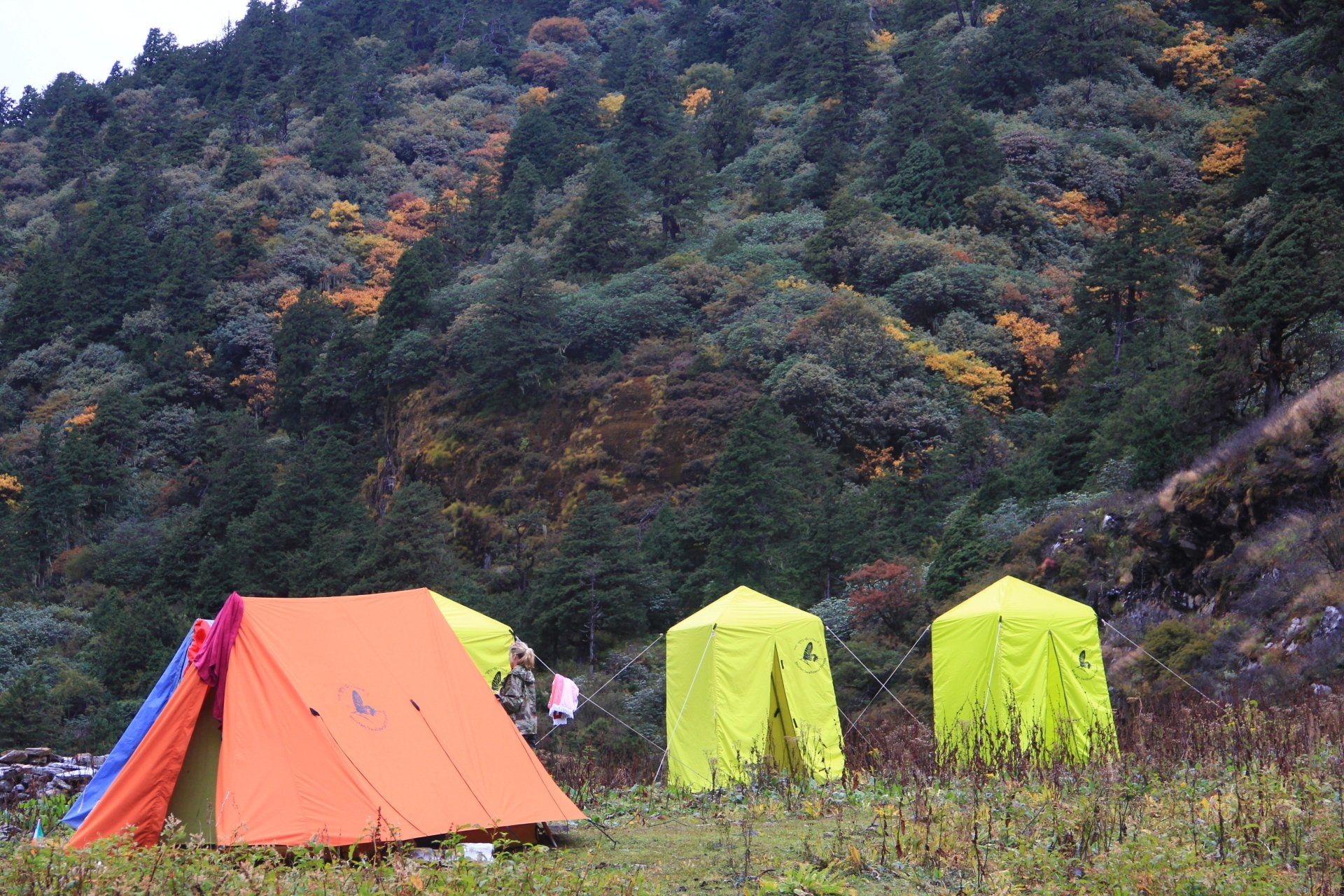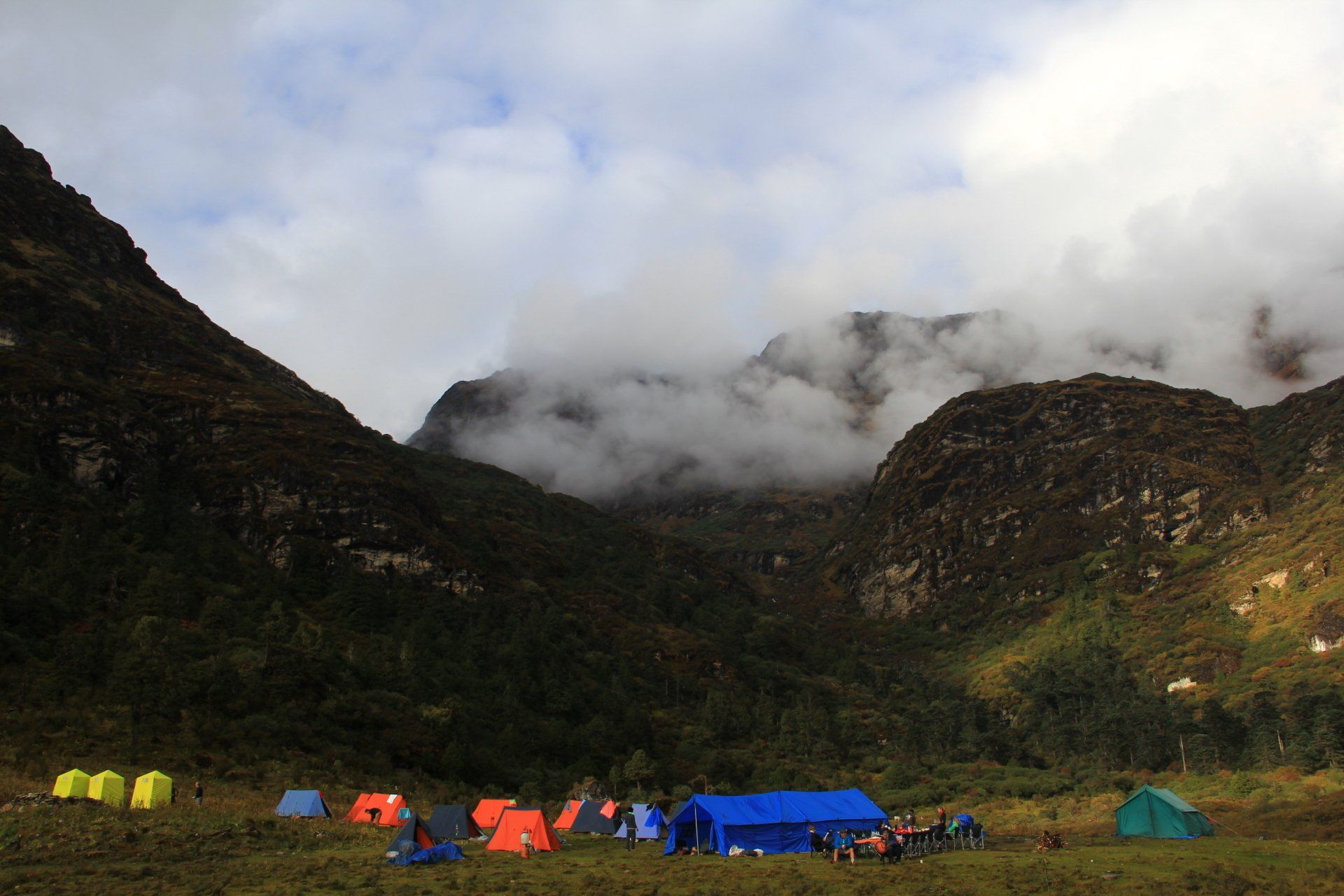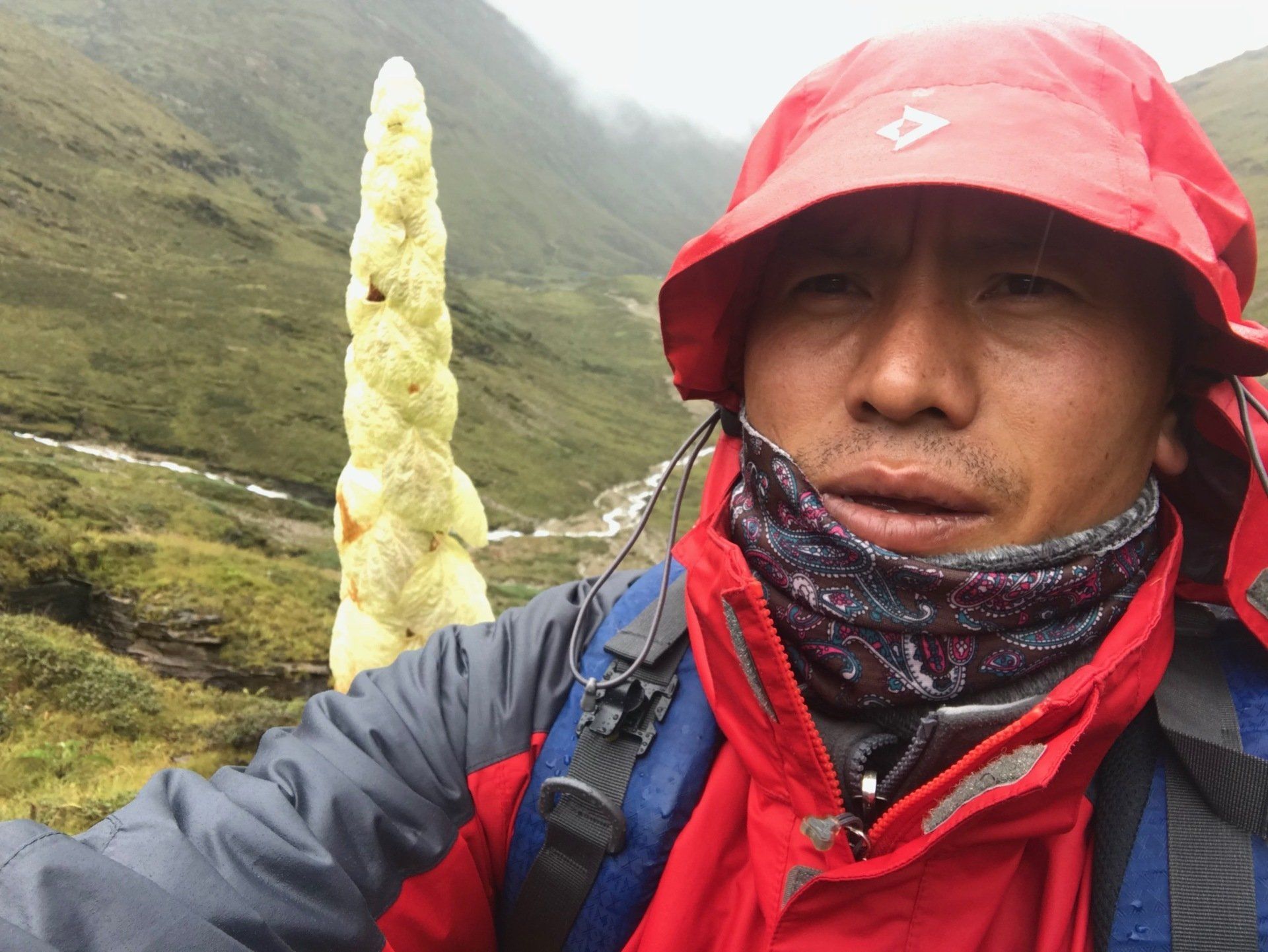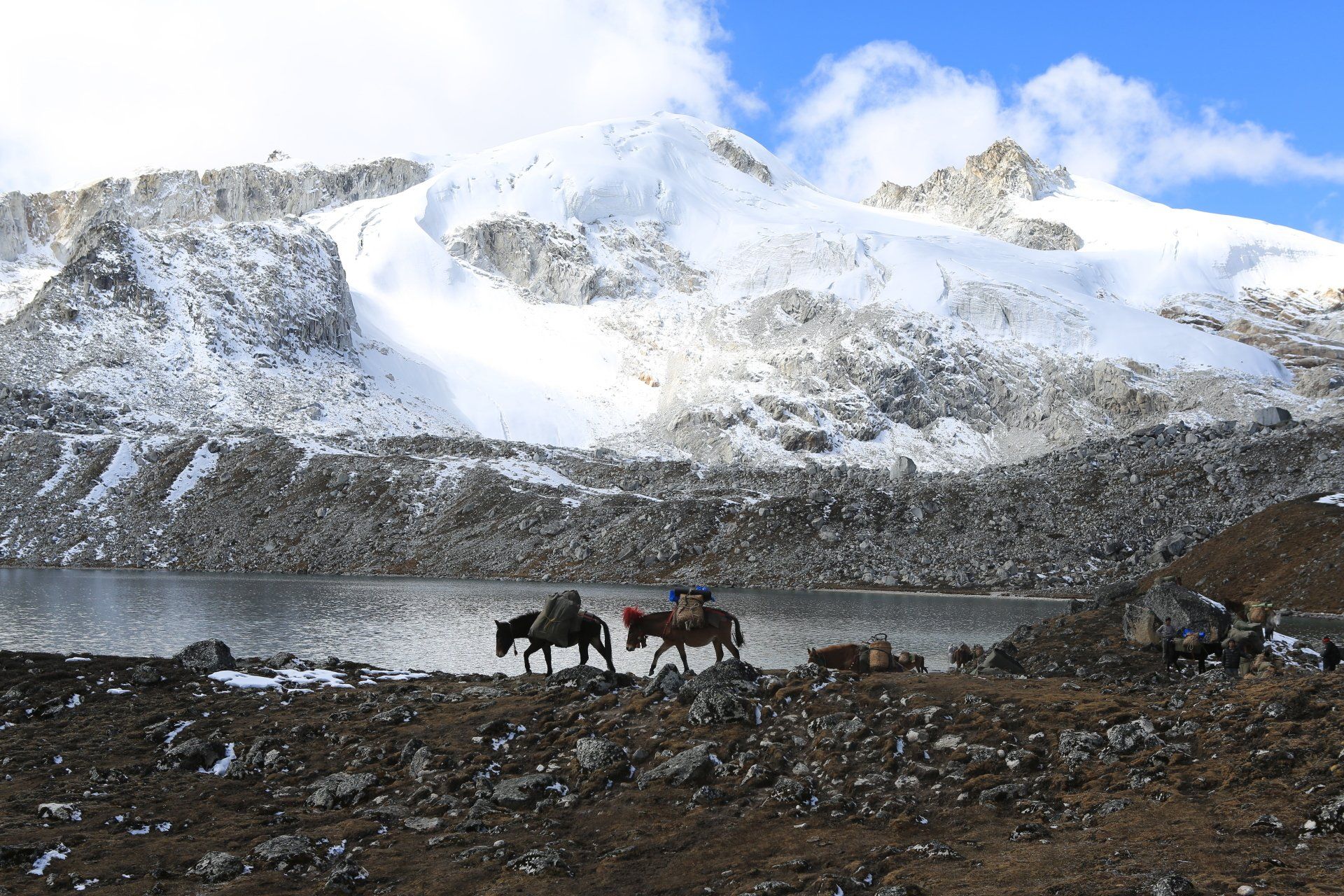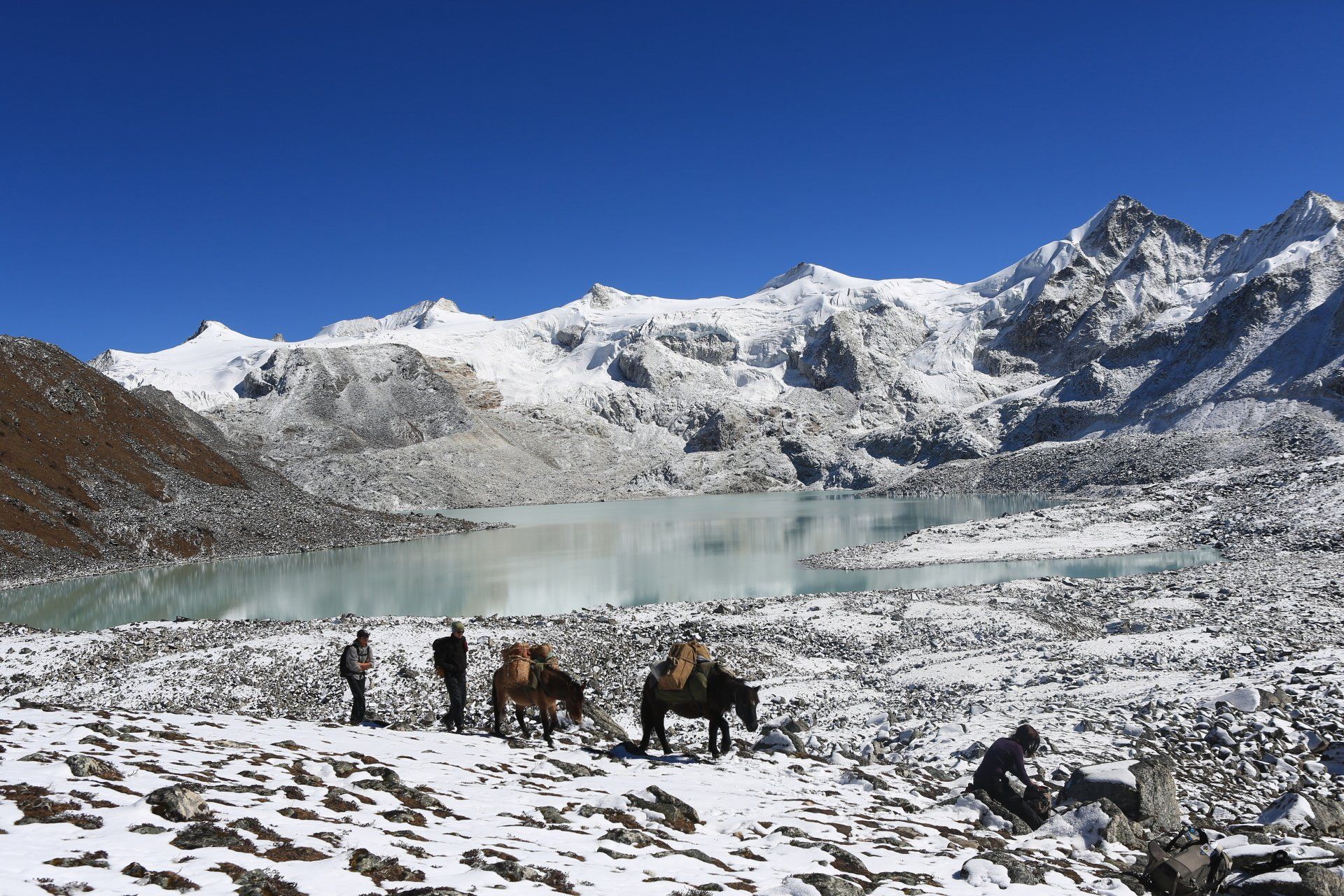Druk Path Trek
The Most Popular Trek in Bhutan
#BookNowTravelLater
Got Your Tour Cancelled Because of COVID 19
Cost 2,120.00
USD NOW 1,630 only
Grab the Seat with USD 300 Deposit only
Druk Path Trek - The Most Popular Easy to Challenging Trek in Bhutan
The Druk path trek in Bhutan is a moderately tough 4 day trek in Bhutan starting from Paro to Thimphu or vice versa and is the most popular of all Bhutan treks. The trek leads up to altitudes above 4,000m, however walking distances between the camps are not too long.
Trek Facts...
Most Popular Trek
The Most Popular Trek in Bhutan with difficulty ranging from easy to challenging
Altitude - The Rise and the Fall
The Altitude rises from 2800 to 4800 meters above sea level
Region
Start from Paro and Ends in Thimphu or Vice Versa
Accommodation -
2 nights in 3 star hotel, 4 nights in tents at camp site
Highlights of Druk Path Trek
- Guided by a english speaking experienced trekking manager
- A dedicated team of Chef, helper and horseman throughout the trek
- If weather allows, the majestic view of Himalayas throughout
- Moderate to Challenging Trekking Experience
- Trekking duration 3 nights 4 days, Cultural 2 nights 3 days
Best Seasons
Best in March, April, May, October and Nov.
Good - June
Pre - Departure Checklist
Camping in extreme weather such as cold temperatures and snowy conditions can be expected and extremely enjoyable; Camping on the snow can be peaceful, picturesque and an out door adventure.
All the accommodation while on Trek is twin sharing, double occupancy. Single occupancy in tents can be arranged on demand at an additional charge. All tents are Cold Weather Tents and designed for harsh weather and snowy conditions. Separate tents will be pitched for dinning, kitchen and rest room.
- Trekking Boots (broken in)
- Waterproof 3/4 season jacket and trousers
- Camp Footwear (light shoes/sandles/trainers)
- Several pairs of good quality socks
- T-Shirts - Highly recommended are synthetic T shirt styles that wick away moisture
- Thermal Underwear / layers
- Down jackets
- Warm mid layers (fleece/micro fibre)
- Trousers - Lightweight, loose fitting, trekking trousers, pants with zip-off bottoms
- Shorts
- Gaiters
- Tracksuit or fleece pants for evenings
- Sleeveless fleece and extra layers
- Warm Hat and sun Hat
- Scarf/neck warmer
- Gloves and Mitts - waterproof and warm
- Sunglasses with UV protection
- Head Torch (spare batteries)
- Sunscreen and Lip Balm
- Light weight towel
- Hand sanitizer gel
- Trail mix / nuts/ muesli bars
- Whistle
- Daypack - The daypack you select must have the capacity for the items you may be carrying on a day's walk: rain jacket, trousers, warm clothing, water bottle, camera equipment, washing items and other personal effects. A hip/waist strap provides additional comfort. You should consider daypacks of at least a 30 to 40-litre capacity. Horses will be carrying the rest of your luggage.
Whats Included?
- 3 nights at 3 star Hotels
- 3 Nights in Tents at the Campsite
- Good Quality Tents (Sleeping, Dining and Toilet)
- All Meals
- Tea and Coffee on the go
- Bottled Water Throughout the Trip
- Packed Lunches and Snacks wherever possible
- SUV Car and Coaches
- Horses and Yaks on the Trek
Trekking Leader, Trekking Chef, Certified Guide, Helpers...
This trek will take you through thick alpine jungles, beautiful pine trees, various rhododendron trees and spectacular lakes. Incredible views of valleys, lakes, green Himalayan mountains and Himalayan snow capped mountains are the order of the days throughout the trek. You will also see some of the mighty Himalayan ranges like the Gangkar Phuensum, and mount Jhomolhari. Being on top of the mountain, sunsets and sunrises are absolutely beautiful and mesmerizing. Apart from the lakes, Phadjoding monastery and the view from there is one of the highlights of this trek. The Lonely Planet describes the Druk Path Trek as “One of the most scenic and popular treks in Bhutan, following a wilderness trail past several remote lakes. Although it is a short trek, it still goes to a high altitude making it moderately strenuous.”
Itinerary
Book This Trip With Confidence
Your Team for the Trek
In such an extreme, on unforgiving mountains and long duration high altitude trek, you need is a good team. We have experienced, dedicated team to give the best of this world's toughest trek
Only USD 200 to Book This Trip
To secure a booking, only USD 200 as deposit is required
Guaranteed VISA
Bhutan Tourist VISA once you have made the deposit is 100% Guaranteed with us.
Flexi Deposit
You can gift your deposit to someone else or buy a new trip with us for FREE
24/7 Live Support
We have a dedicated team working 24/7 and can be reached by call, WhatsApp, Messenger and Email
No Booking Fees, No Change Fees
Change your Travel Dates Or Book your New Trip for Free
Your Deposit is Protected
Its protected by the Royal Government of Bhutan (RGOB) and Tourism Council of Bhutan (TCB)
Meet Your Trekking Expert
Sonam Dendup is currently the Managing Partner of Bhutan Swallowtail and loves trekking in the Himalayas. He trekked almost all the trek in Bhutan and also the Annapurna Base Camp and Mount Everest Base Camp trek in Nepal. He has 9 years of trekking experience and as a tour leader.
Other Popular Trekking Adventure in Bhutan...
Not Happy? Check Our Other Related Bhutan Tours and Treks...
What You Should Know Before You Go Trekking in Bhutan?
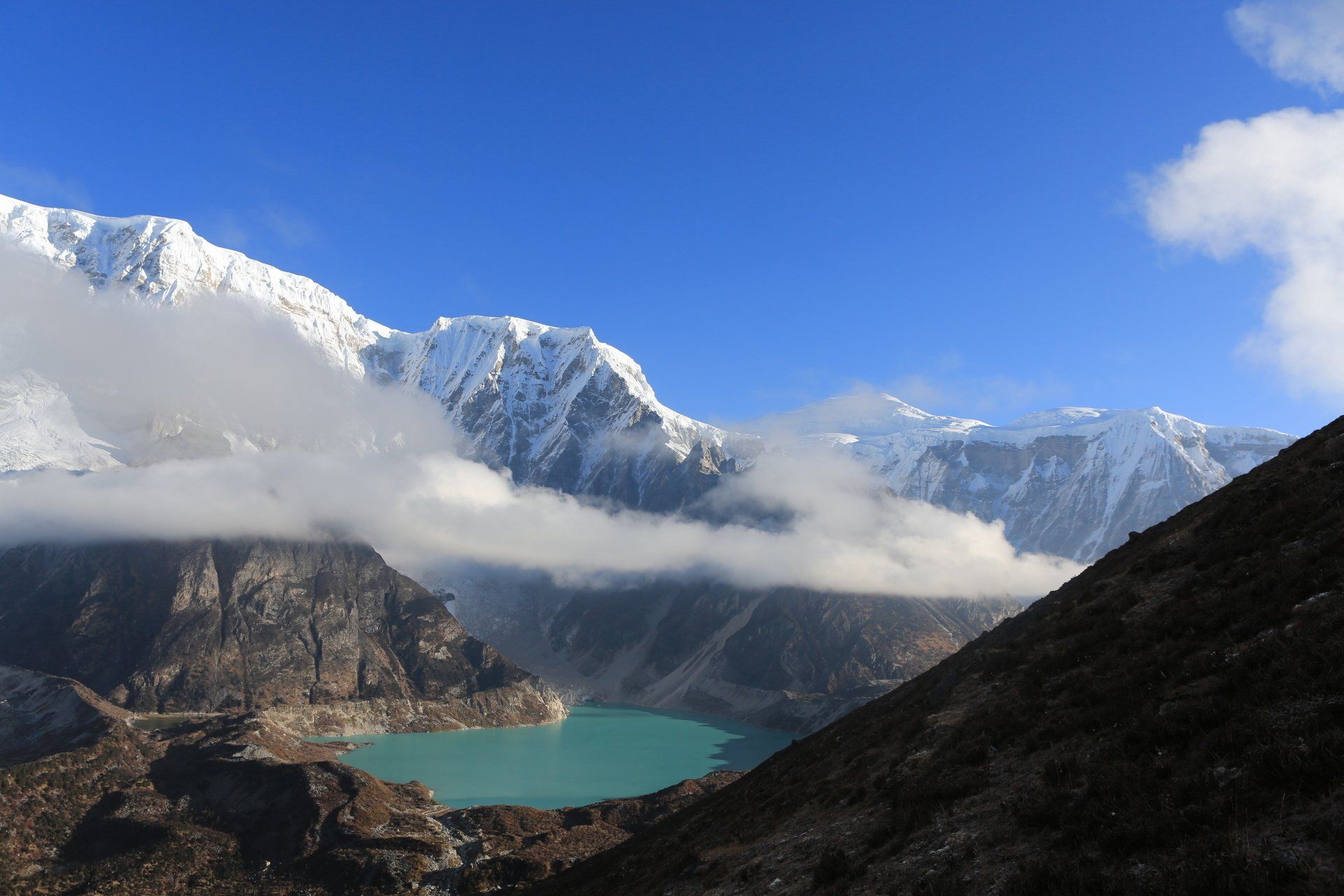
In the general, the climate in Bhutan is quite unpredictable due to the variation in the elevation and changing seasons. The southern foothills have a sub tropical climate with hot and humid monsoons, warm and pleasant winters. The central and higher alpine valleys have temperate weather, with pleasant summers and cold winters. The northern region of the country is above the tree line and most of the high mountain passes are covered in snow throughout the year. Bhutan enjoys all the four seasons in a year and Spring (March – May) and Autumn (September – November) are the best times to visit Bhutan. If you wish to see the rhododendron and wild flowers in full bloom in the central valleys which is a total delight then spring is the best time to visit and also trek. Autumn is the best time for trekking as the skies are clear and less chances of rain and snow. During winter (mid-November-February) the temperatures fall down but luckily the sky remains to be an azure delight which elevates the sight of the snow capped mountains to a new level. This table shows you the most suitable times for trekking in Bhutan: Good: (***) Moderate: (*) Not good: (X) Down Load File
